(Prices correct as of today’s date, are updated daily, are subject to change and represent genuine availability at time of update).
Cruise only holidays are financially protected by ABTA. Fly cruise holidays are financially protected by Cunard Line under ATOL number 6294
Please click here to check the essential travel requirements before booking this cruise.
Want to add a hotel stay or change your flights?
Just call our team of cruise specialists to help build your dream cruise holiday today!
Prices based on 2 people sharing. Cruise only price does not include flights. Fly-cruise price may vary by chosen UK airport.
Itinerary
Yokohama
In 1853, a fleet of four American warships under Commodore Matthew Perry sailed into the bay of Tokyo (then Edo) and presented the reluctant Japanese with the demands of the U.S. government for the opening of diplomatic and commercial relations. The following year Perry returned and first... Read More
Yokohama
At Sea
Aomori
Hakodate
At Sea
At Sea
At Sea
At Sea
At Sea
At Sea
Kodiak, Alaska
Seward, Alaska
Hubbard Glacier
Juneau, Alaska
Glacier Bay National Park, Alaska
Sitka, Alaska
At Sea
At Sea
Victoria, British Columbia
What's Included with
Cunard Line
Sail in luxury onboard a Cunard Cruise ship. With butler service available in all suits you can sit back and relax. You’ll find all the essentials onboard, allowing you to have the rejuvenating holiday you wanted.
Breakfast, lunch, dinner and snacks in a choice of included dining venues
Use of swimming pools, hot tubs, fitness centre and leisure facilities where available
Tea and coffee in seleted venues
Butler service in all suites
Shuttle service to and from ports and airport where available
Explore Queen Elizabeth


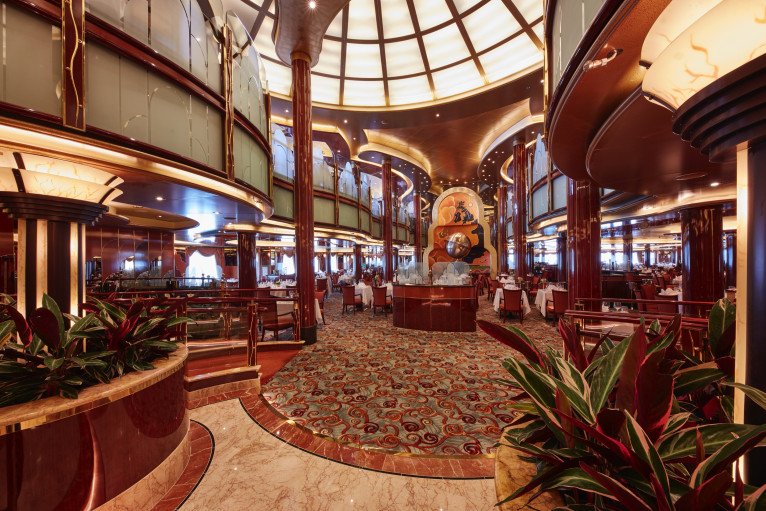

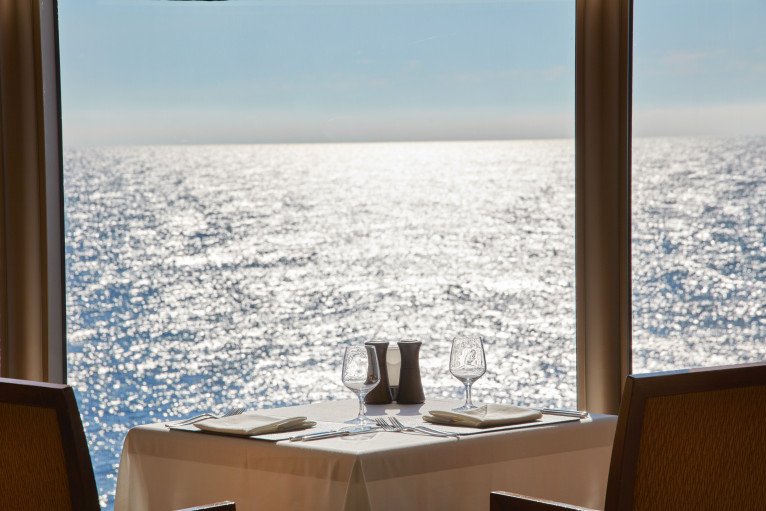
Queen's Grill
The pinnacle of fine dining at sea, exclusively for guests staying in our Queens Grill Suites.
Drawing inspiration from the world’s finest kitchens, the Queens Grill restaurant offers a true taste of fine dining on board, elevated by a front of house team for whom nothing is too much trouble.
Open for breakfast, lunch and dinner daily, with a Grills Afternoon Tea served separately in the Grills Lounge, a visit to the Queens Grill always feels like a special occasion.
You’ll be dining among your fellow Queens Grill guests, with a table reserved for your exclusive use throughout your voyage. There’s no need to book. Simply arrive whenever you’re ready and your table will be waiting. You may even choose to take your meal in your suite, should you wish.
Each day introduces a coveted line-up of à la carte dishes, complemented by an ‘always-available’ menu of appetisers, entrees, and desserts, executed with exemplary flair and finesse.
Alternatively, opt for one of our chef’s speciality sharing dishes (orderable in advance at breakfast or lunchtimes). From beef wellington to rack of lamb, the choice is truly indulgent. Each dish (along with select offerings on our menu) is finished and presented to you table-side, only heightening the sense of theatre that’s a signature of Queens Grill dining.
Dining at the Queens Grill restaurant is exclusive to Queens Grill guests and included within your Cunard fare. The restaurant operates relaxed dress by day and smart attire (jacket optional) for dinner service after 6.00pm, except on Gala Evenings when we invite you to dress in black tie.
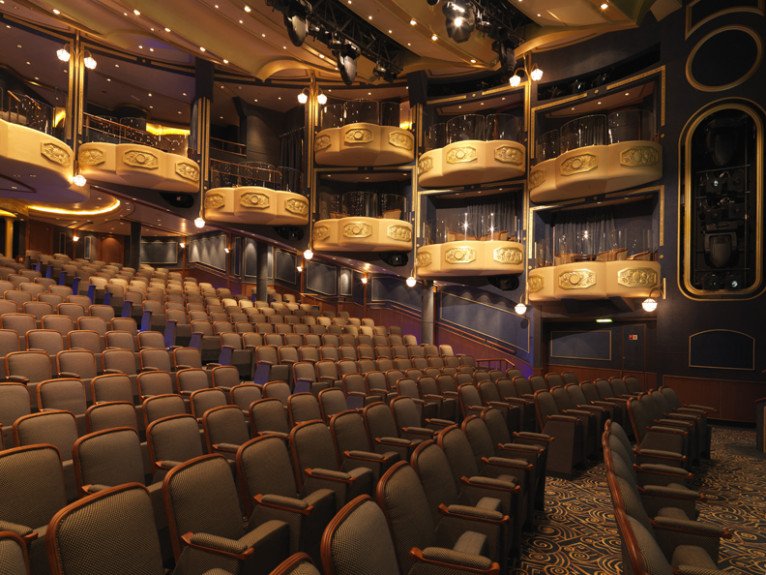
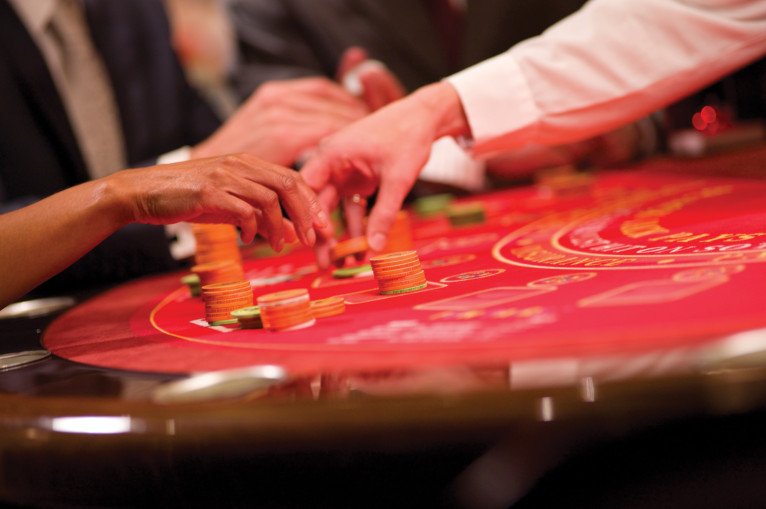
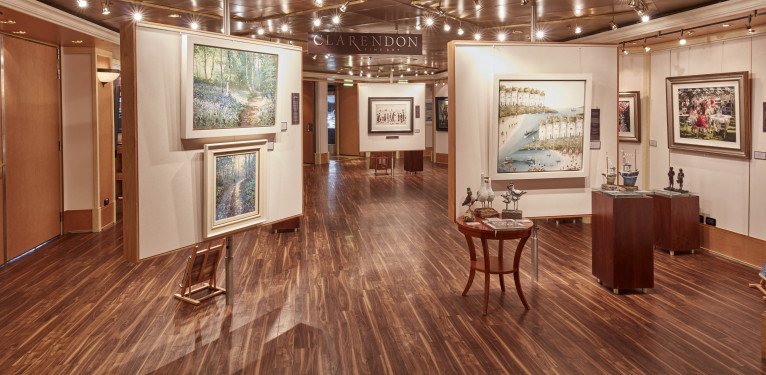

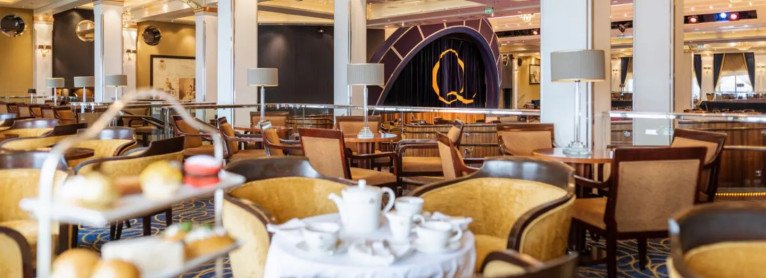


The Garden Lounge
Escape to the Garden Lounge and find yourself in something of an oasis. Reminiscent of Mediterranean olive groves and the conservatories of Kew Gardens, the Garden Lounge is a beautiful and serene place to spend an hour or two. With comfortable wicker furniture, plenty of greenery, and views out to sea, you’ll easily find a spot in which to enjoy a drink or two.
You could choose a beer or a refreshing cocktail, or perhaps a tea or coffee is in order. Open throughout the day and into the evening, the Garden Lounge offers a place to get lost in a book, play some card games, or take in some live music courtesy of resident musicians.




Lido Pool
If you’re looking for a blend of relaxation and recreation, the Lido Deck is a real oasis. Spend time sunbathing on loungers by the pool, taking a dip to escape the heat of the sun whenever you need to. Perhaps get lost in your holiday read, perfectly paired with a cocktail when the mood strikes. The Lido Deck is also home to a bar and grill, so refreshments are never far away.



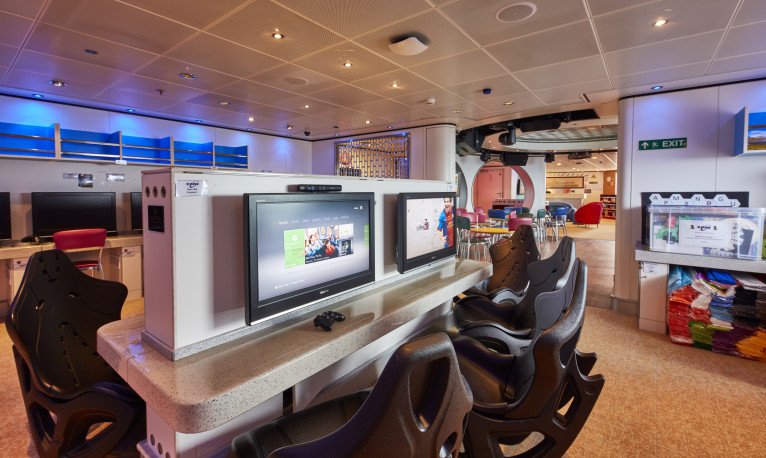
Night Nursery
Enjoy your holiday even more, knowing that your little ones have a safe place to sleep each evening.
There's a great sense of freedom to be had when you can enjoy drinks, dinner or a show knowing that your little ones are sleeping soundly. Available on a first come first served basis, our free of charge Night Nursery equips you with a pager so we can contact you if need be or, if you let us know your plans, we'll come and find you. For that extra peace of mind professional childminders are on hand. Suitable for children aged 6 to 23 months and open from 6pm to 11pm.
Deck 1

- Royal Court Theatre
- Grand Lobby
- Voyage Sales Office
- Tour Office
- Pursers Office
- Oceanview Staterooms
- Inside Staterooms
- Connexions
Deck 2

- Royal Court Theatre (Middle)
- Empire Casino
- The Golden Lion Bar
- Queen's Room
- Queen's Arcade
- Cunard Place
- Library
- Cafe Carinthia
- The Verandah Restaurant
- Grand Lobby
- Britannia Restaurant (Lower)
- Britannia Club Restaurant
- Oceanview Staterooms
- Inside Staterooms
Deck 3

- Royal Court Theatre (Upper)
- Shops
- Royal Arcade
- Art Gallery
- Connexions
- Photo Gallery and Studio
- Library (Upper)
- The Alcove
- Grand Lobby
- Midship's Bar
- Card Room
- Promenade Deck
- Britannia Restaurant
Deck 4

- Penthouses
- Queens Suites
- Princess Suites
- Balcony Staterooms
- Oceanview Staterooms
- Inside Stateroom
Deck 5

- Penthouses
- Queen Suites
- Princess Suites
- Inside Staterooms
Deck 6

- Grand Suites
- Penthouses
- Princess Suites
- Balcony Staterooms
- Deluxe Inside Cabins
Deck 7

- Grand Suites
- Master Suites
- Princess Suites
- Queens Suites
- Penthouses
- Inside Staterooms
- Balcony Staterooms
Deck 8

- Penthouses
- Queens Suites
- Princess Suites
- Balcony Staterooms
- Club Balcony Staterooms
- Inside Staterooms
Deck 9

- Royal Spa & Fitness Centre
- Aerobic Area
- Hair Salon
- Spa Reception
- Thermal Suites
- Pavilion Bar
- Hydropool
- Pavilion Pool
- The Garden Lounge
- Lido Restaurant
- Lido Pool Grill
- Lido Pool Bar
- Lido Pool
- Stage
- Whirlpools
Deck 10

- Commodore Club
- Royal Spa Treatment Rooms
- Bar
- Admiral's Lounge
- Churchill's Cigar Lounge
- The Yacht Club
- Children's Outdoor Area
- Teen's Outdoor Area
- The Playzone
- The Zone
Deck 11

- Games Deck
- The Terrace
- The Grill's Lounge
- The Courtyard
- Queen's Grill
- Princess Grill
Deck 12

- The Grill Terrace Area
Queen Elizabeth Cabins & Suites
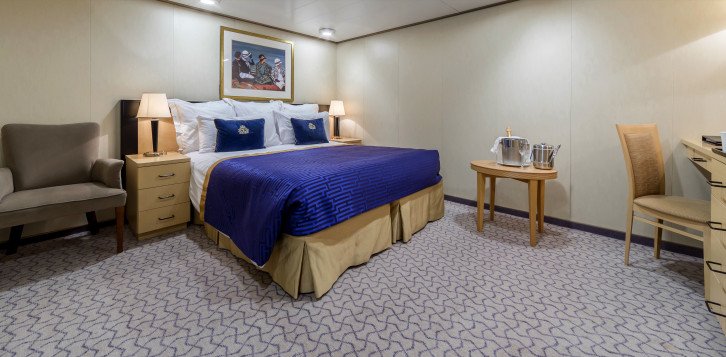
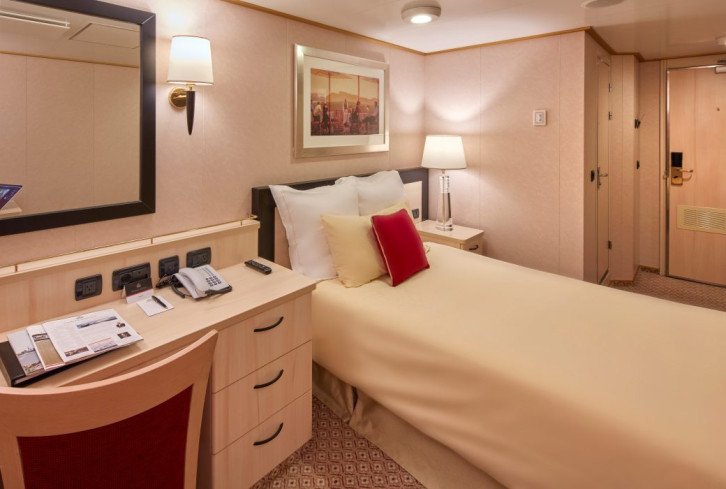
Britannia Deluxe Inside

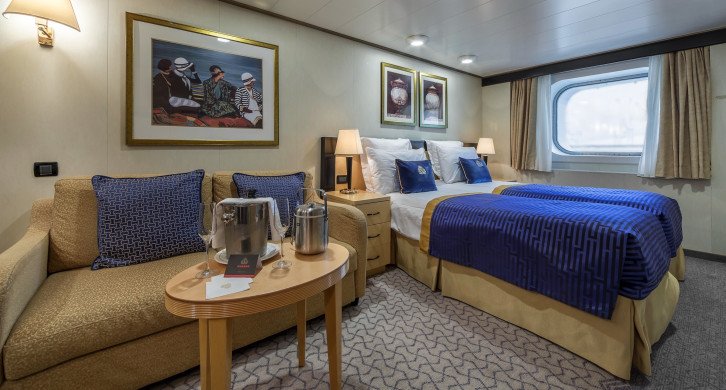
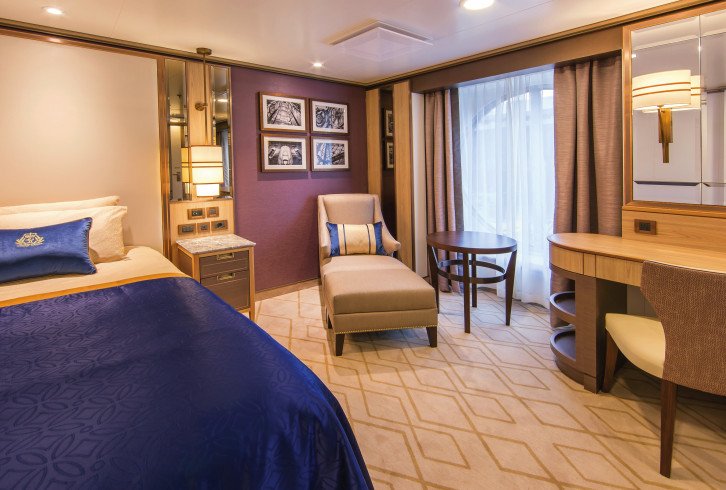
Britannia Oceanview (Obstructed View)



Britannia Club Balcony
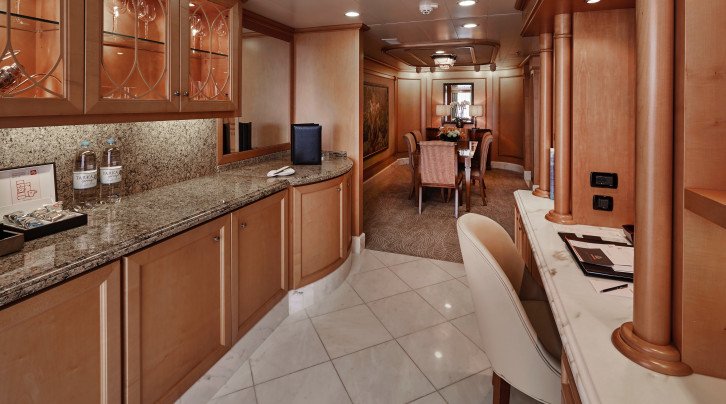
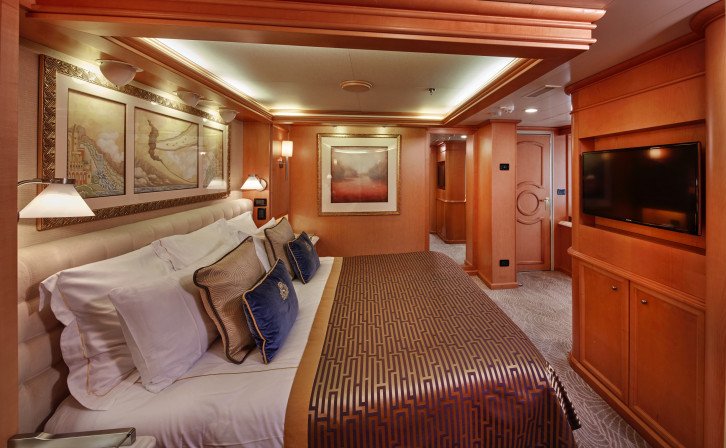

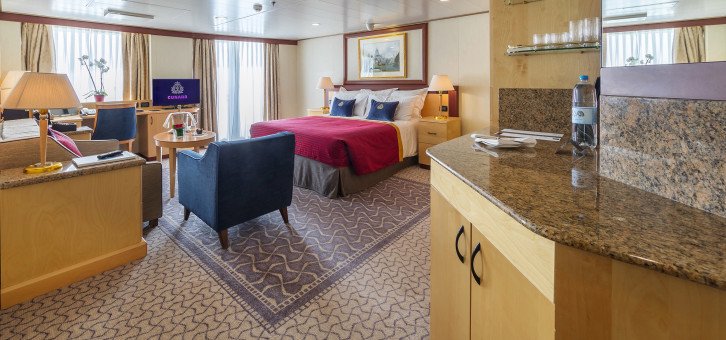
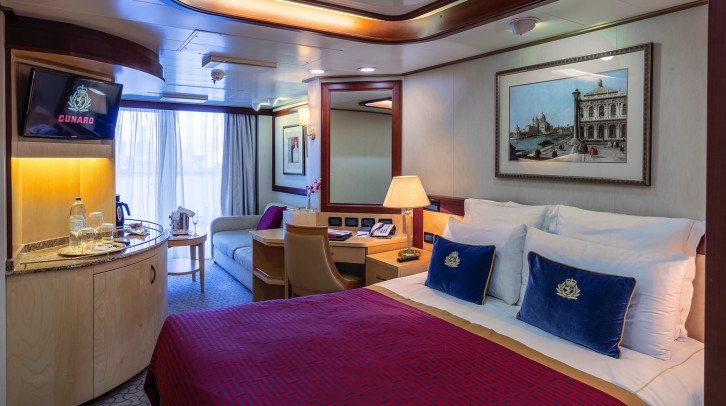

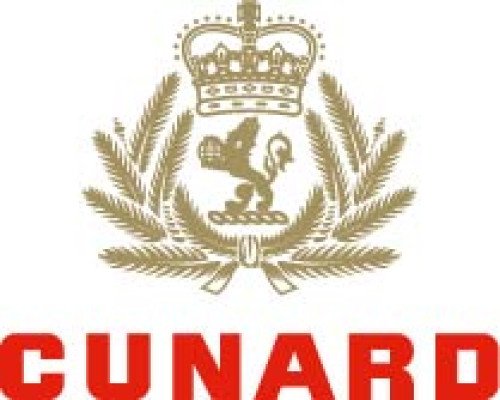











-large_thumb.jpg)









